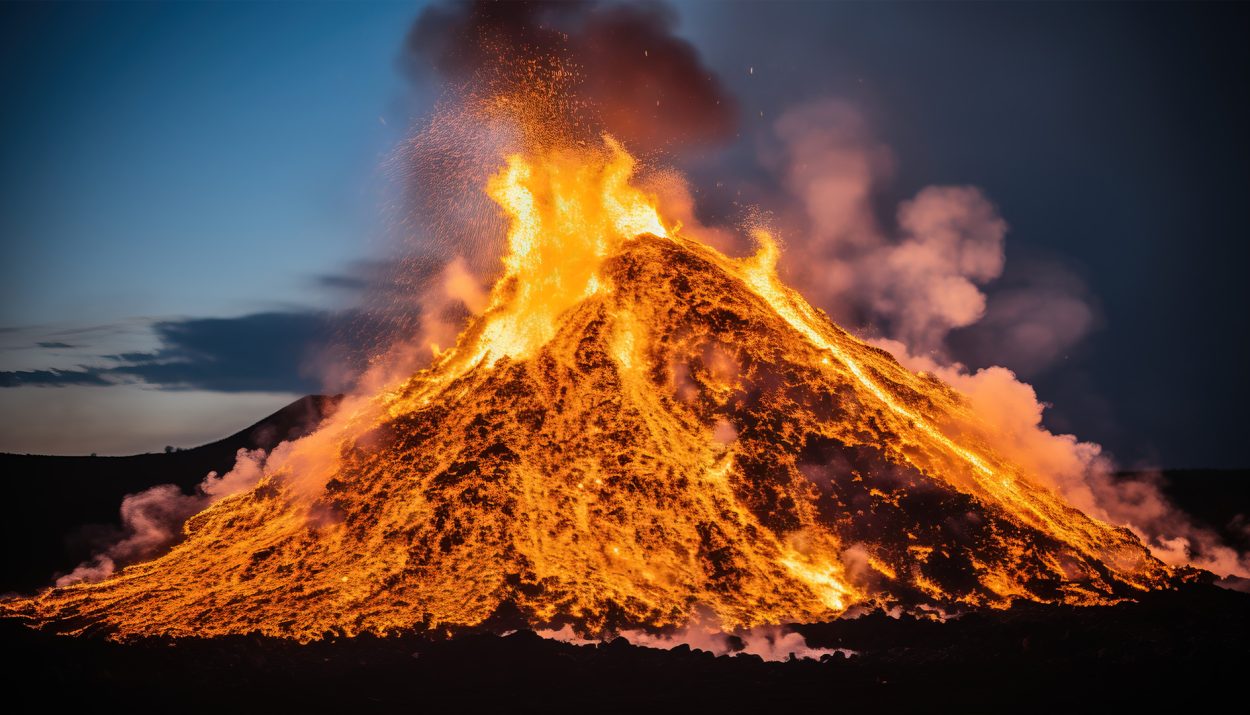The Atlantic Ocean could soon be closed off by a ring of furious volcanoes. Dubbed the Atlantic Ring of Fire, this new geological feature would arise from the invasion of the Atlantic by subduction zones currently lying dormant under the Strait of Gibraltar and elsewhere.
This invasion was predicted by University of Lisbon tectonics expert Dr. Joao Duarte, who used geodynamic models to conclude that the Gibraltar subduction zone will propagate into the Atlantic in the next 20 million years.
The Pacific’s Iconic Ring of Fire
The Ring of Fire is one of the most iconic geological features in the world.
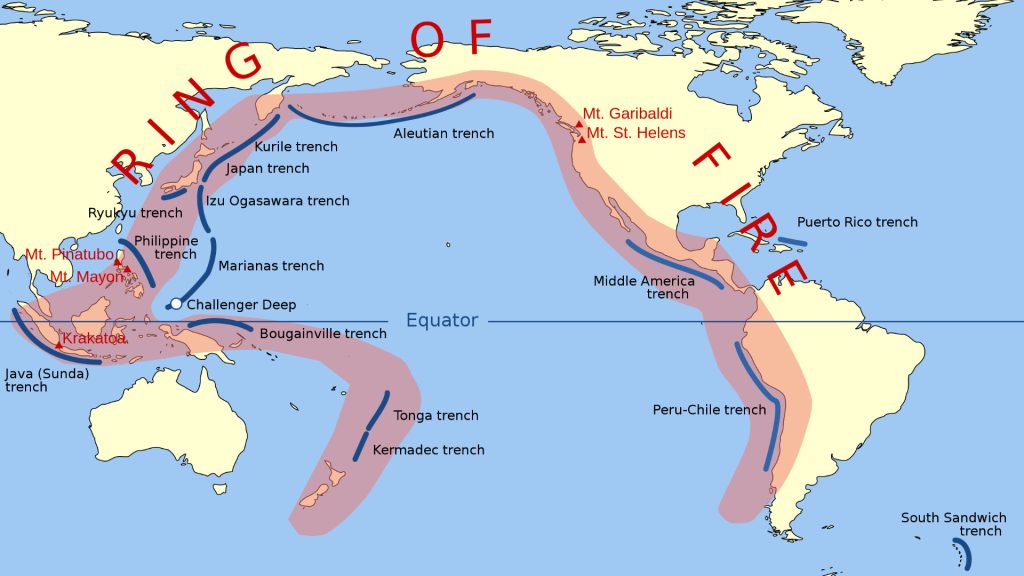
Stretching some 40,000 km along the Pacific Ocean, it is home to 75% of the Earth’s volcanoes and 90% of its earthquakes, making it the planet’s greatest hotbed of violent seismic events.
Subduction Zones Drive Volcanic Activity
For an ocean such as the Pacific to have such a high concentration of volcanoes, new subduction zones must form within it – areas where one tectonic plate pushes another down into the mantle below.
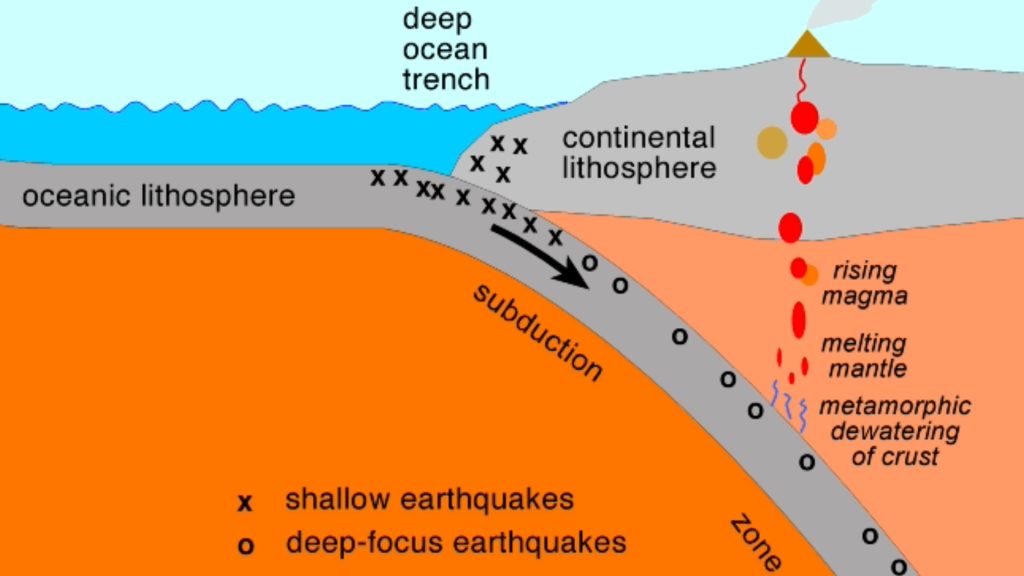
The heat from the mantle then melts this rock, transforming it into magma. The abundance of magma near the Earth’s surface creates the perfect conditions for volcanic activity.
A Hard Process to Initiate
The volcanoes and earthquakes along the Pacific Ring of Fire exists largely thanks to the many subduction zones along its path.

And yet, it takes a lot for these boundaries to form. The zones require tectonic plates to bend and sometimes fracture – a hard process to initiate, given how strong and resilient the plates are.
The Gibraltar Arc Poised to Invade the Atlantic
A possible solution is for subduction zones to migrate from an ocean at the end of its life, like the Mediterranean, to oceans at the peak of their geological life, like the Atlantic.
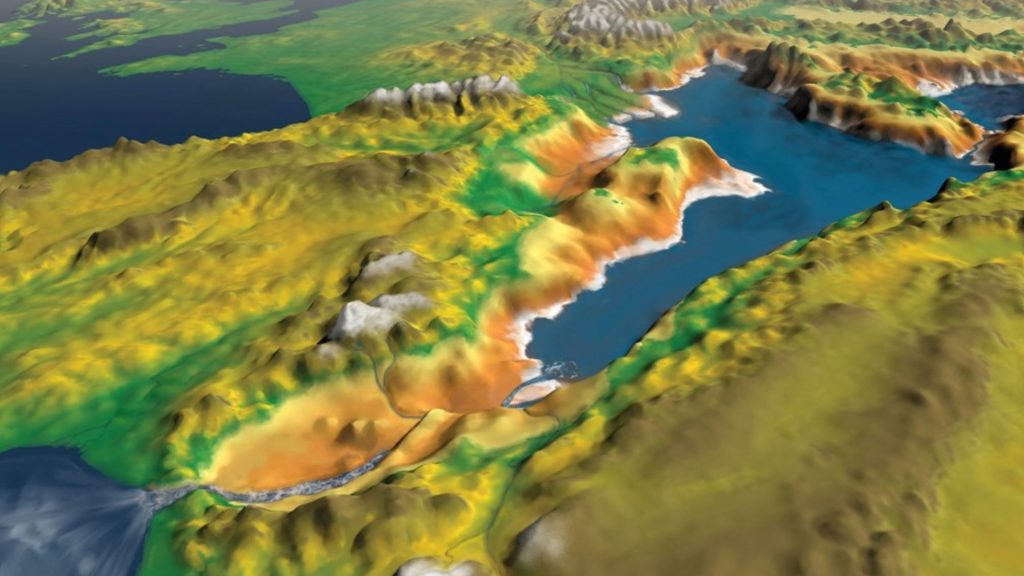
Experts argue that a subduction zone lurking under the Strait of Gibraltar will eventually “invade” the Atlantic.
More Subduction Zones Needed
However, more than one subduction zone is needed to form a Ring of Fire. Two others are on the other side of the Atlantic Lesser Antilles in the Caribbean and the Scotia Arc near Antarctica.
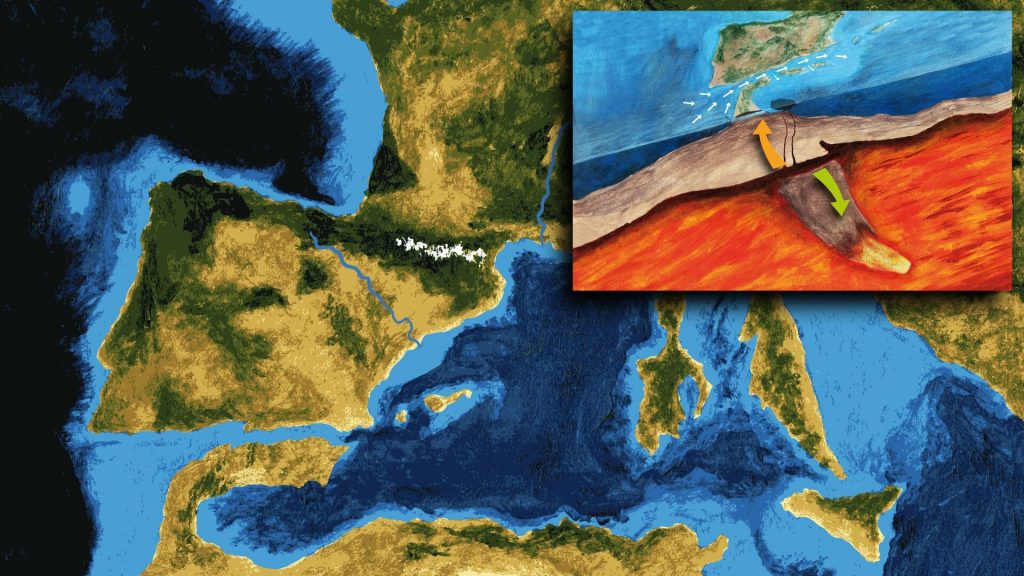
With the Gibraltar subduction zone poised to invade the Atlantic, the pieces may fall into place for a ring of volcanoes to eventually surround the ocean.
How Subduction Zones Create Volcanic Activity
Subduction zones are areas where two tectonic plates converge, and one plate slides beneath the other. As the subducting plate descends into the mantle, increasing heat and pressure cause the plate to melt into magma.
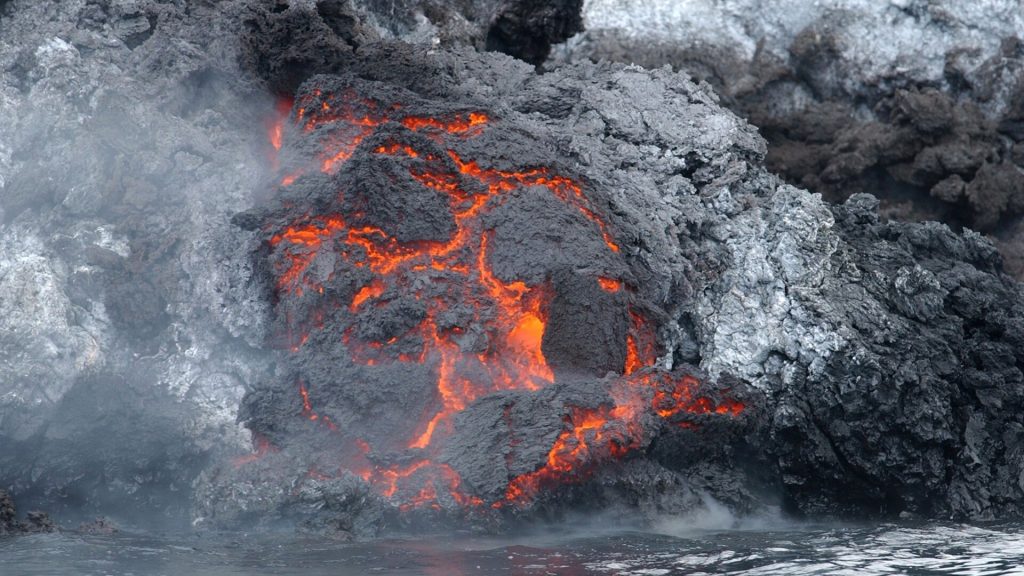
The formation of magma below subduction zones leads to volcanic activity at the surface.
The Movement of Magma
The newly formed magma, less dense than the surrounding rock, rises toward the surface. As it rises, it melts more rock, incorporating volatile gases from the mantle and crust.
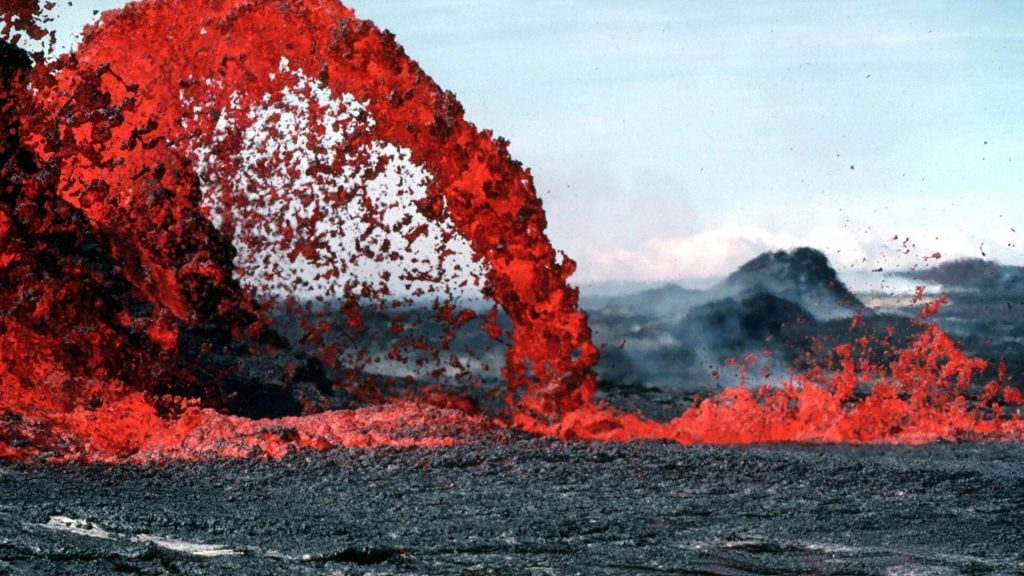
When the magma reaches the surface, it has accumulated a high gas content and viscosity. These properties produce explosive volcanic eruptions associated with subduction zone volcanism upon erupting at the surface.
Other Factors Contributing to Volcanism
Other factors, such as the age and type of subducting crust, also influence volcanism at subduction zones. The oceanic crust that is older and more depleted in volatiles will produce less volcanism than younger, volatile-rich crust.
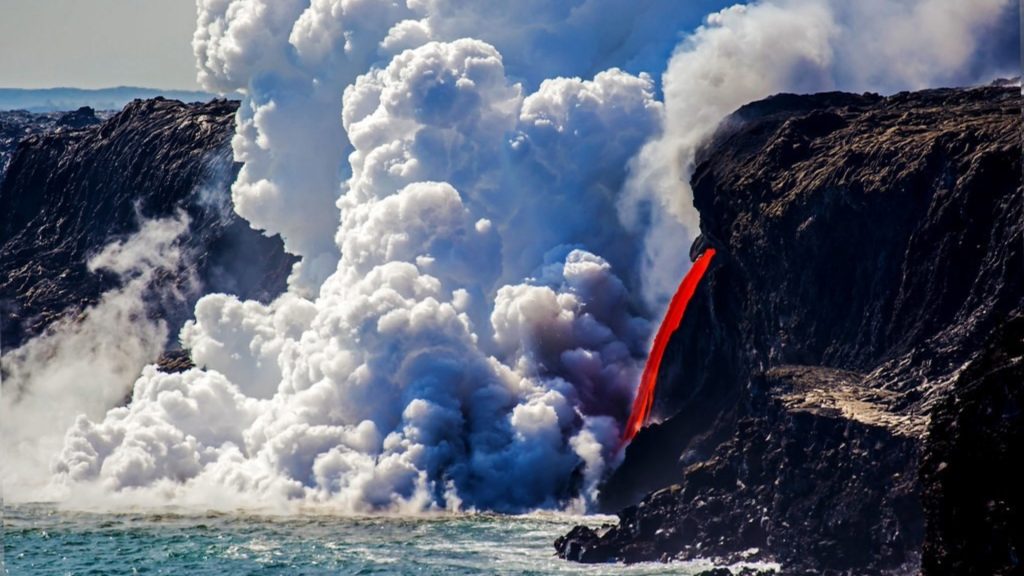
The angle at which the plates converge also plays a role. Steeply dipping subduction zones tend to produce more volcanism than shallowly dipping zones because they drive more mantle flow.
Challenges to Forming New Subduction Zones
The formation of new subduction zones poses several geological challenges. The oceanic lithosphere, comprised of the crust and upper mantle, is dense and resilient, making it difficult to bend and fracture.

According to Dr. Joao Duarte of the University of Lisbon, the thick and aged lithosphere of the Atlantic Ocean is particularly resistant to breaking apart.
Geodynamic Models Reproduce Evolution
The geodynamic models used in the study were able to reproduce the evolution of the western Mediterranean region.

By analyzing the outputs of these models, the researchers determined that the Gibraltar Arc is poised to invade the Atlantic Ocean in the coming millions of years.
Two Additional Subduction Zones
Two other subduction zones along the margins of the Atlantic Ocean could also develop into volcanic arcs: the Lesser Antilles subduction zone in the Caribbean Sea and the Scotia Arc near Antarctica.
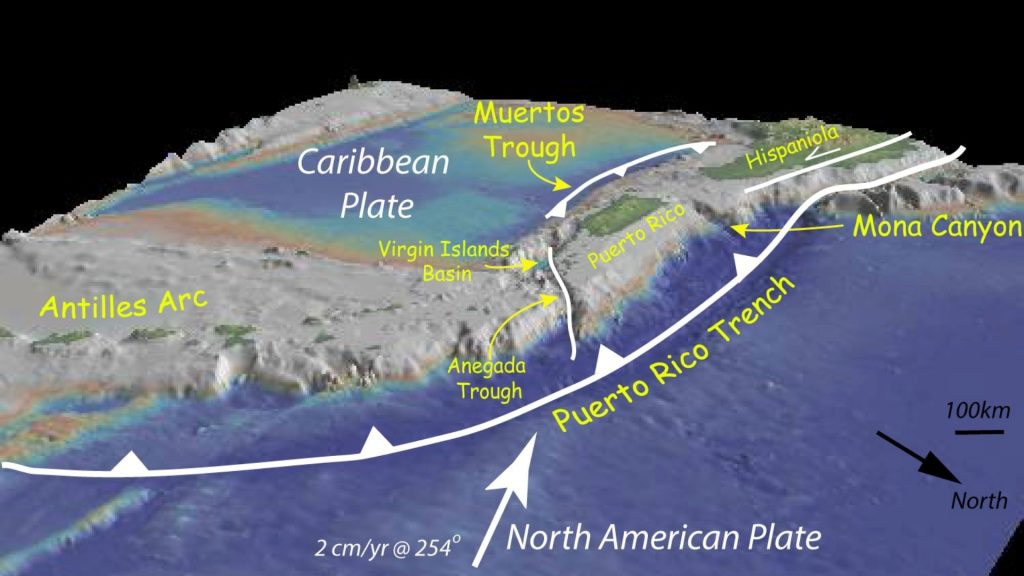
If these zones become more active and propagate along the Mid-Atlantic Ridge, they could join an emerging Gibraltar Arc to form a Ring of Fire encircling the Atlantic.
Other Indicators of the Atlantic’s Tectonic Shift
The formation of the North Atlantic Igneous Province around 60 million years ago provides further evidence that the Atlantic Ocean floor is primed for major geological changes.

Its remnants can be found in coastal areas of eastern North America, western Britain, and western Europe, showing that magmatic activity was occurring across the entire width of the early North Atlantic.
Seafloor Age and Plate Movement
The age and structure of the Atlantic seafloor also provide clues to its future tectonic activity. As plates pull apart, new seafloor is created at mid-ocean ridges.

Most of the Atlantic seafloor is less than 200 million years old, indicating rapid plate movement and seafloor spreading for most of its history.
The Atlantic Ocean’s Uncertain Future
The future of the Atlantic remains uncertain. However, if Duarte and colleagues are correct, the ocean may transition from a geologically mature body of water to one ringed by fiery volcanoes and trembling with seismic events in a few million years.
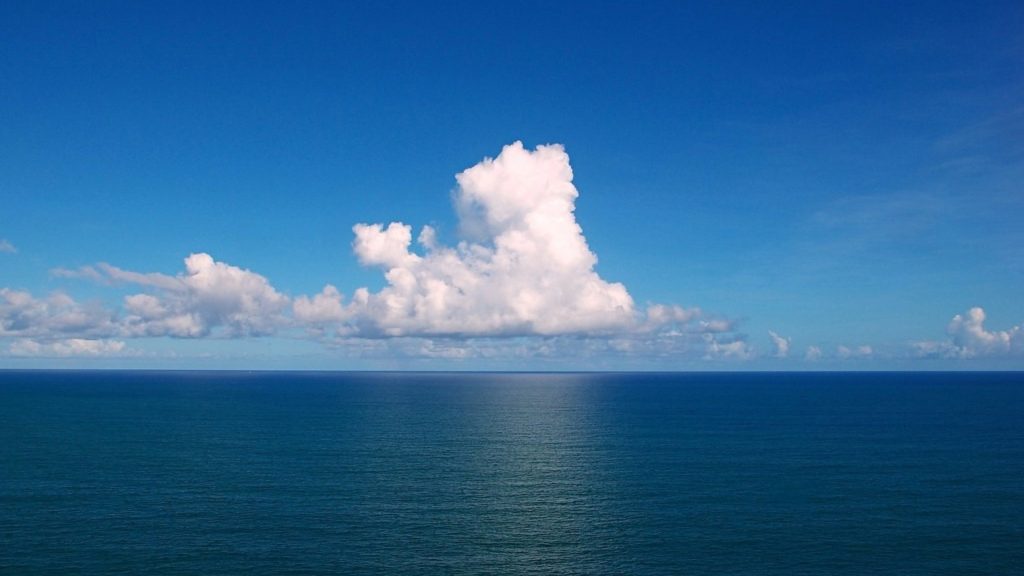
The Atlantic’s tectonic fate depends on the movement of the subduction zones surrounding it and below the surface of its waters.

